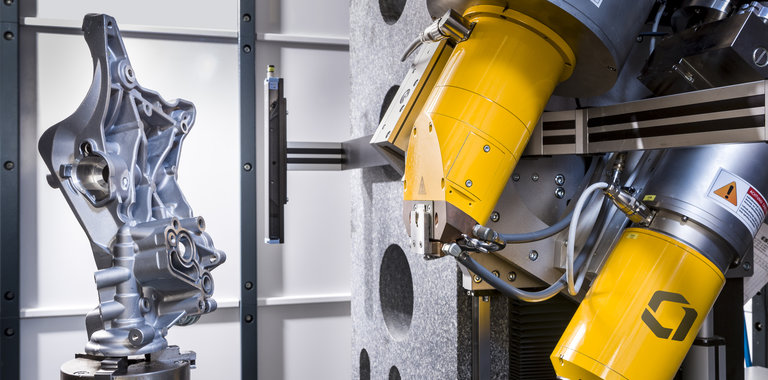
Radiographic Exposure Adjustment in Diverse Wall Thicknesses
In this article:
- Radiographic Exposure Must Account for Wall Thickness Variations: When imaging objects with varying wall thicknesses, exposure settings must be optimized to avoid underexposure in thick areas and overexposure in thin sections.
- Single-Film Techniques Use Filters and Energy Adjustments: Exposure can be balanced by hardening the radiation (using filters or higher tube voltage) or by adding compensating materials or metallic putty to equalize thickness.
- Dual-Film Techniques Improve Contrast Across Thickness Ranges: Using two films with different sensitivities (e.g., Agfa D7 and D4) in a single exposure allows for better contrast and defect visibility across a wide range of material thicknesses.
- Multiple Exposures May Be Required for Extreme Differences: In cases of significant thickness variation, separate exposures for thin and thick sections using the same or different screen types ensure optimal image quality.
- Standards Like EN 1435 Define Exposure Limits: European standards limit the allowable thickness range for a single exposure, guiding radiographers in selecting appropriate techniques for accurate and compliant imaging.
For radiographs of an object with limited differences in wall thickness, it is common to base
exposure time on the average thickness to obtain the required film density of at least 2. It is possible that parts of the film are either under- or over-exposed if there are great differences in wall thickness. This can be explained by the shape of the toe (lower part) of the characteristic curve of the X-ray film used. The film gradient (contrast) is lower and, consequently, so is the defect discernibility. In accordance with EN 1435, therefore, there is a limit to the thickness range covered by one single exposure.
There are a number of practical ways to prevent over-exposure of thinner and under-exposure of thicker sections. These can be divided in two groups: compensation by single film or by two film techniques.
For exposures on one film, the following techniques can be applied:
- Reduce contrast by utilizing a filter on the X-ray tube to make the radiation harder.
- Reduce contrast by increasing the radiation energy using higher tube voltage or using Iridium192 or Cobalt60 sources.
- Compensate the difference in wall thickness as the left sketch of figure 1-18 shows with material B of similar composition as object A.
- Instead of insertion of B in the previous method, use a special putty (filling material) mainly consisting of metal powder.
When two films are used, the following techniques can be applied:
- Simultaneous use of two films of different sensitivity but similar screens, for a single exposure. For example an Agfa D7 and D4 type film could be used. This is the least complicated and most practical method (see figure 1-18 at right).
- Simultaneous exposure on Agfa D7 and D4 films with different screens (see figure 1-18).
- Make two exposures on film of the same sensitivity and screen type: one with the exposure time based on the thinner and one on the thicker section.
- Make two exposures on film of the same sensitivity but different screen types.

